When Pao School was founded, Founder Professor Anna Sohmen Pao said that she hoped the students of Pao School would “fall madly in love with reading” and that they would cultivate lifelong reading and learning habits. For this reason, the library has become one of the most important spaces on the three campuses and exhibits notable design choices influenced by the Pao School’s founders.
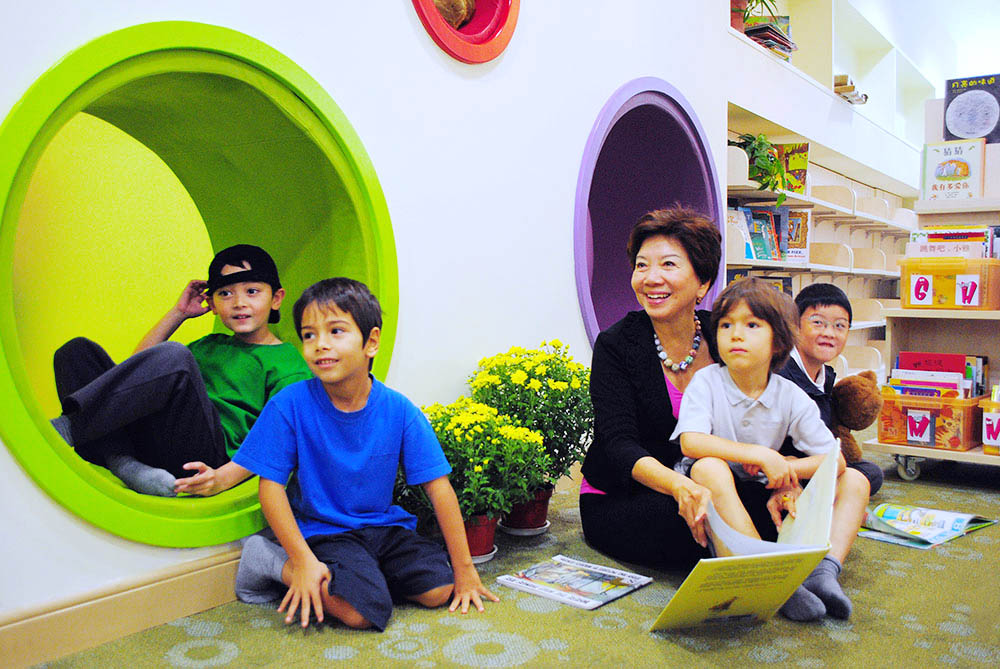
Professor Anna Sohmen Pao reading to children in the Primary School library
The YK Pao School Primary School Library looks a bit like a playground from the outside, with colourful circular bubbles inlaid on the white outer wall. When one approaches the bubbles, it soon becomes clear they are actually “reading holes” designed to resemble the portholes on ships. Each reading hole has a large cushion on which students can sit or lie down to read in the way they are most comfortable. The reading holes were built to attract the children’s attention, and since there are a limited number of them, the children often rush to sit in them. In order to allot reading hole spaces and encourage children to read, the Primary School library created a system in which students receive points for reading, and those with the most points are rewarded with a chance to sit in a reading hole.
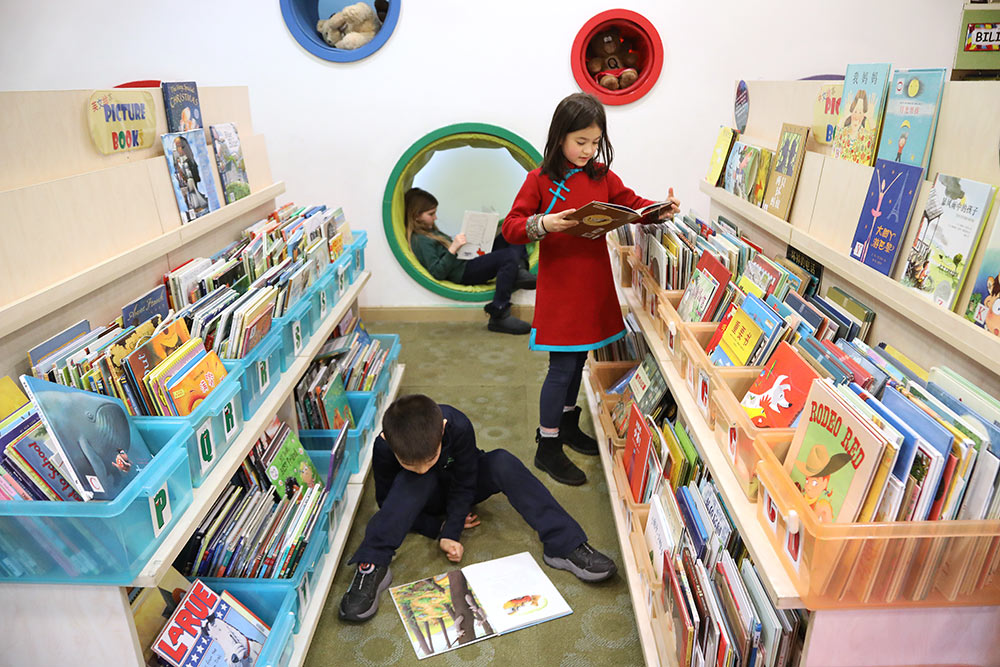
The Huang Sue Ing Memorial Library is the heart of learning at YK Pao School. The library is named in memory of Sir YK Pao's wife Huang Sue Ing (1919- 2011) and was donated jointly to the school by her four daughters. The library is made up of two large rooms, comprising the Great Room and the Reading Room, providing a balance of learning environments. The Great Room is a place of discussion and interaction, a venue where students from different backgrounds can come together to share ideas, exchange perspectives, and appreciate differences.
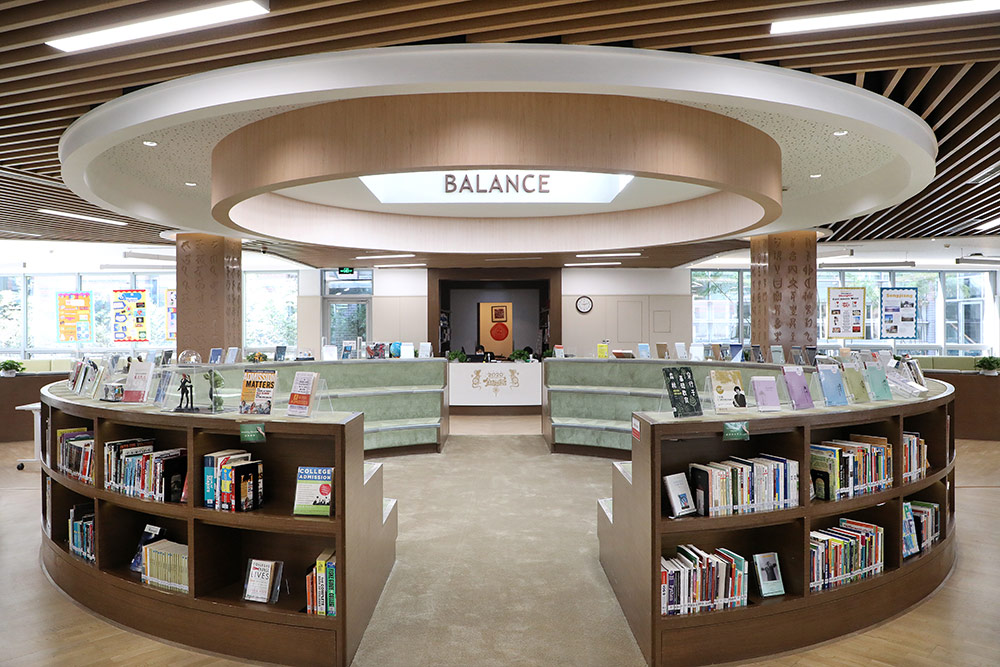
At its centre is a gathering place inspired by the ancient Greek amphitheatre, used as a theatre for simple speeches, readings, and debates. Surrounding the amphitheatre are four columns engraved with the script of the four ancient civilisations of China, Egypt, Mesopotamia and India. Above the amphitheatre, the ceiling design is a square surrounded by a circle, representing the old Chinese belief that the Earth is square and the universe round, frequently represented in Chinese jade carvings, sacrificial ornaments, and coins. It also represents the steadfastness with which YK Pao School students should hold onto the core values of integrity, compassion, and balance. The Reading Room is a quiet room where printed books are stored, and is designed for reading, reflection, and writing. On the walls, there are three large murals representing the three great world libraries: Trinity College Library in Dublin, Tian Yi Ge library in Ningbo and the Congress Library in Washington. Tianyi Ge Library in Ningbo is the oldest surviving library in Asia. Professor Anna Sohmen Pao has visited Tianyi Ge Library several times to experience its rich cultural atmosphere and drew on its core characteristics when designing the courtyard for the Songjiang campus library. This courtyard features an open-air garden, where students can read, reflect, chat, and even perform in the small Greek-style amphitheatre.
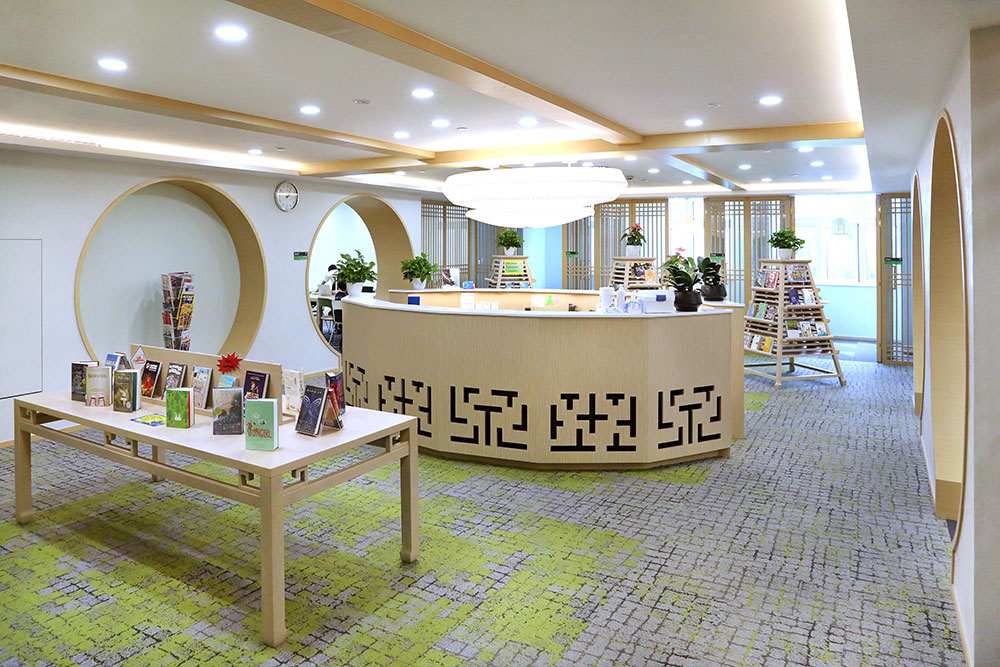
The Shan Library is an important learning area for students at Middles School and is characterised by its distinct Tang and Song dynasty style. When looking up in the library, one sees lush greenery and a well-designed landscape. The library always has a pleasant fragrance, whether that of books inside or flowers outside.
Professor Sohmen Pao introduced a simple landscape design around the building that features the beauty of the traditional southern Chinese gardens of Hangzhou and Suzhou, opening up the ground floor windows to frame the scenery. The libraries, one of Pao School’s signature learning spaces, are designed with the essence of learning in the Tang and Song dynasties. During these eras, scholars immersed themselves in the natural beauty of gardens for inspiration during their studies. Song scholarly gardens are represented by a variety of symbolic plants and elements, which are featured in Pao School’s library designs, including: bamboos, symbolising perseverance and fearlessness; stone, symbolising the “everlasting”; pine trees, symbolising “endurance of cold”; cherry blossom trees symbolising “hope”; and camellias symbolising “simplicity and unchangeability”; and the smell of osmanthus represents shu xiang (书香), the fragrance of the books.
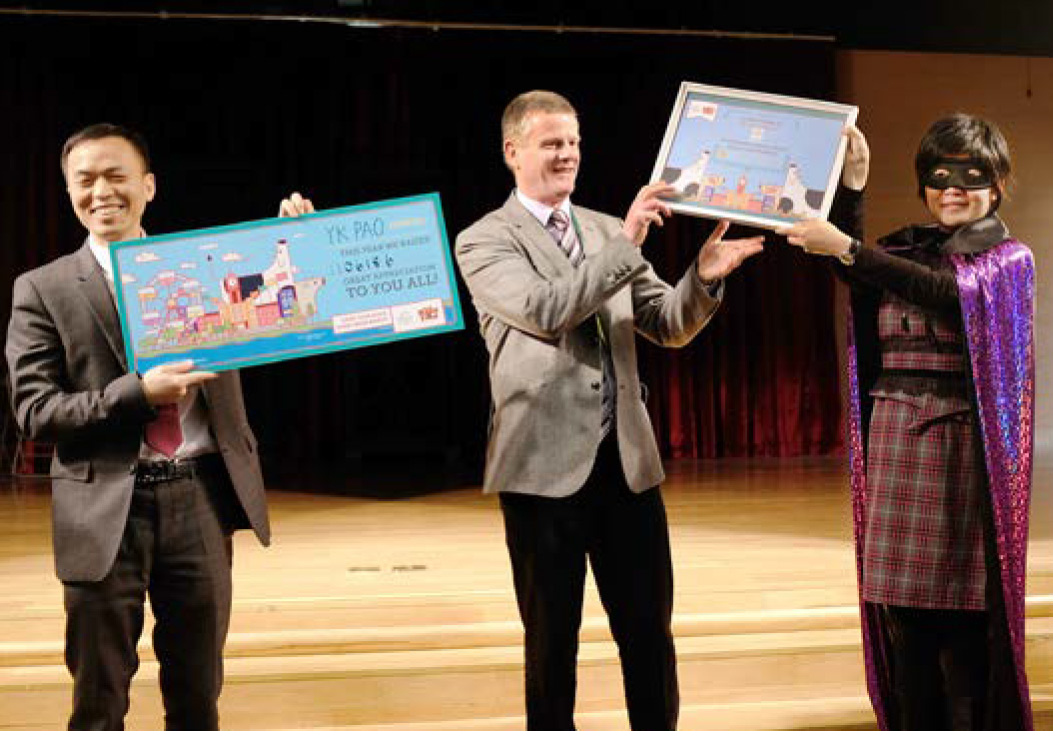
Photo of the Story Team
A group of enthusiastic parents founded the Story Team in 2008. It began with just eight
mothers, but and grew to team of 100 parents. Each semester, the Story Team performs
five to six times, with each performance focusing on different character strength.
As the key school of the International Heifer China Project in mainland China, Pao School has held the Heifer “Read to Feed” reading project for several consecutive years since 2011, helping raise funds for Chinese villagers through reading. Heifer International is a non-profit charity dedicated to alleviating global poverty and hunger.
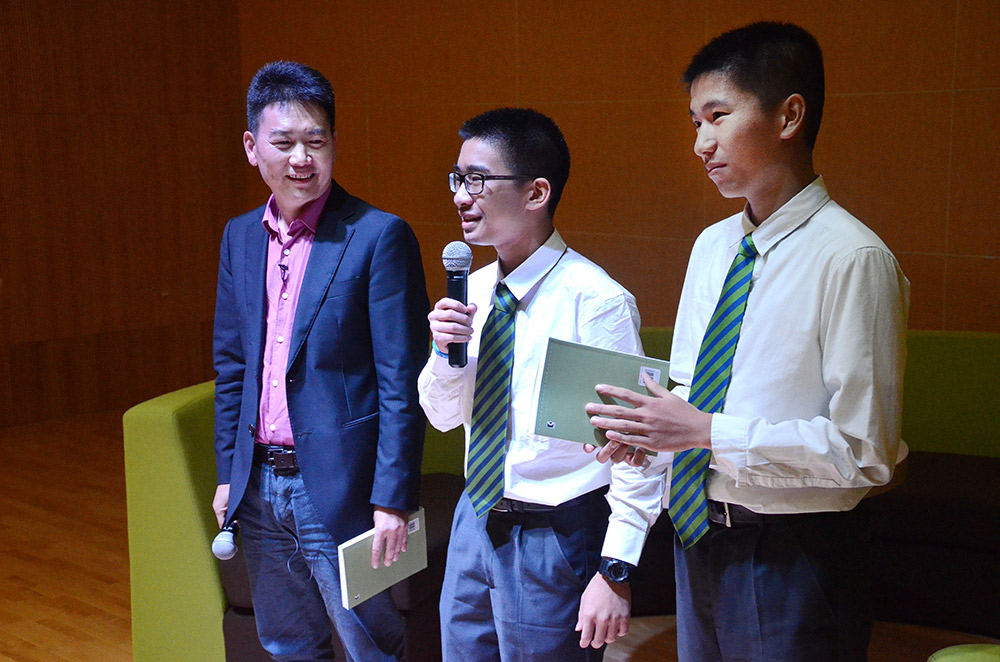
In 2016, the novel "The Book of Light and Darkness" written by Year 8 students
David Xi and Horace Ding was published by the magazine "China Campus
Literature" and the series was renamed "The Book of Light and Darkness.”
In 2020, Pao School’s first student-founded Chinese literature publication, “Rebirth,” was launched, and in the following year it was named the best campus magazine and publication in the National High School Media Competition.
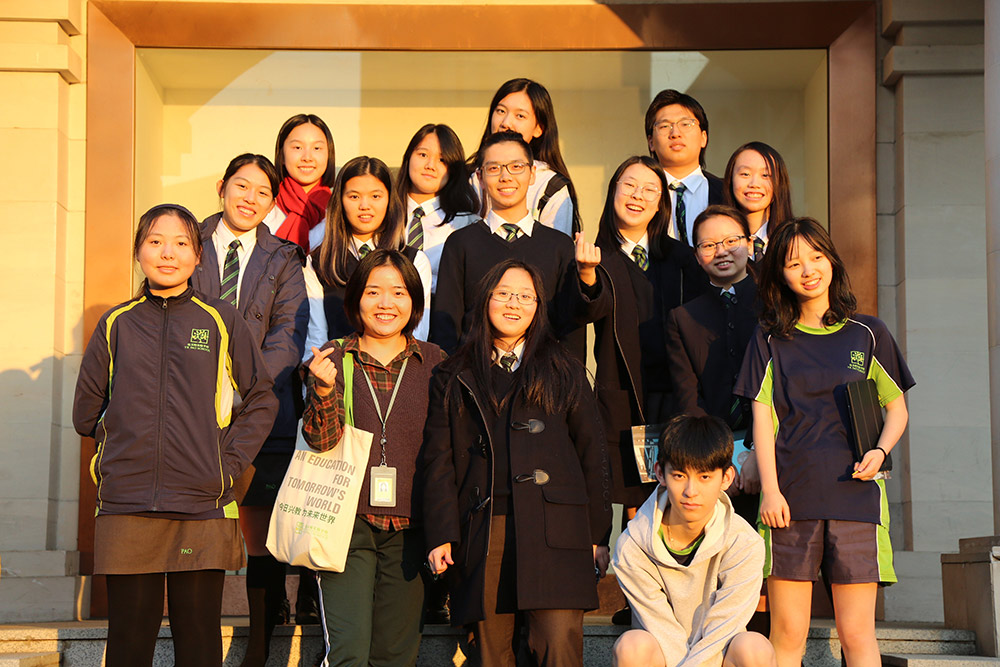
Group photo of the editorial team of "Rebirth" for the 2020-21 academic year
Would you like to share a special Pao School memory with us? Click here